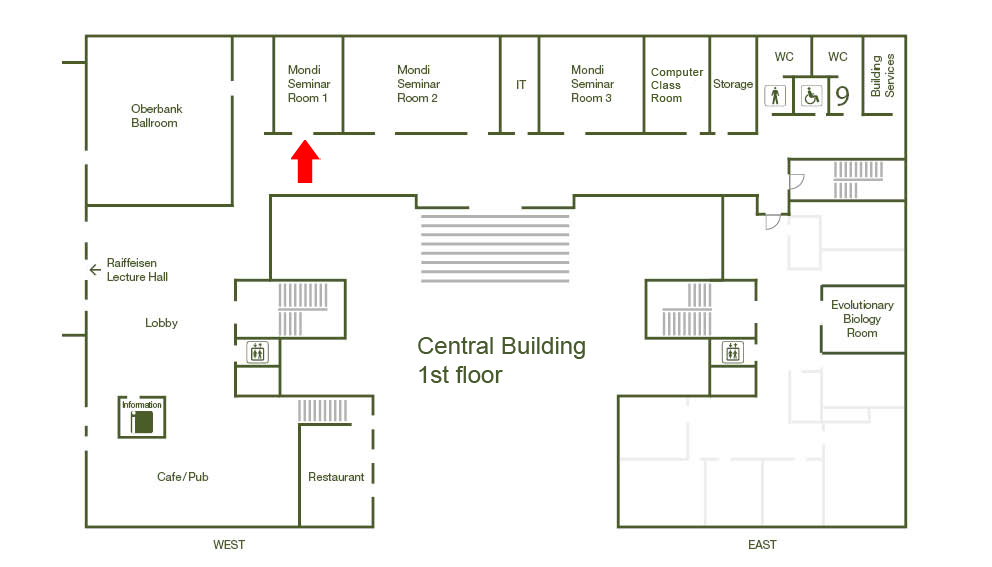Thesis Defense: Regulation of notochord and floor plate size during mouse development

During vertebrate development, the morphogen Sonic Hedgehog (Shh) plays a key role in patterning the tissues of the extending body. This requires precise coordination between the size of the source of Shh production and the embryo body. Shh is produced by the notochord, as well as floorplate of the neural tube. In this thesis, we investigated how the sizes of the notochord and floorplate are regulated and how they impact the developing mouse embryo.
To measure the size and shape of the developing mouse notochord and the cell behaviours within this organ, we performed high-resolution measurements in cleared embryos between E8.5 and E10.5 of development. Strikingly, our data revealed that the notochord maintains a constant cross-sectional area throughout the trunk over time as it lengthens by cell proliferation. We show that this is achieved by a feedback between the notochord cell division rate and the elongation of the embryo. Using live imaging, we further show that notochord cells undergo posteriorly-directed active cell migration and that this cell migration contributes to maintaining the structural integrity of the notochord. Our results show a complex coordination of cell behaviours that allow for robust notochord morphogenesis during mouse development and the maintenance of a defined Shh source size.
Shh produced by the notochord induces a secondary Shh-producing domain, the floor plate. How the notochord and floor plate contribute to the formation of the Shh gradient in the neural tube and to the regulation of the floor plate size is poorly understood. Our theoretical and experimental analysis indicates that only the initial levels of notochord-derived Shh influence the size of the floor plate, and the floor plate is insensitive to its own production of Shh. After its initial establishment, the floor plate expands by tissue growth, leading to scaling of the Shh gradient amplitude with tissue size.
Altogether, we show that the mechanisms regulating the sizes of the notochord and floorplate in mouse development help to achieve size robustness of these tissues. Our data demonstrate that the initial establishment of the Shh gradient in the neural tube is strongly dependent on the notochord and suggest that the robustness of notochord morphogenesis is essential for pattern formation. Later in development, the floor plate size and the Shh gradient are coupled to neural tube growth. Our findings provide new insights on how pattern formation, tissue growth and morphogenesis interact to ensure reproducible developmental outcomes.